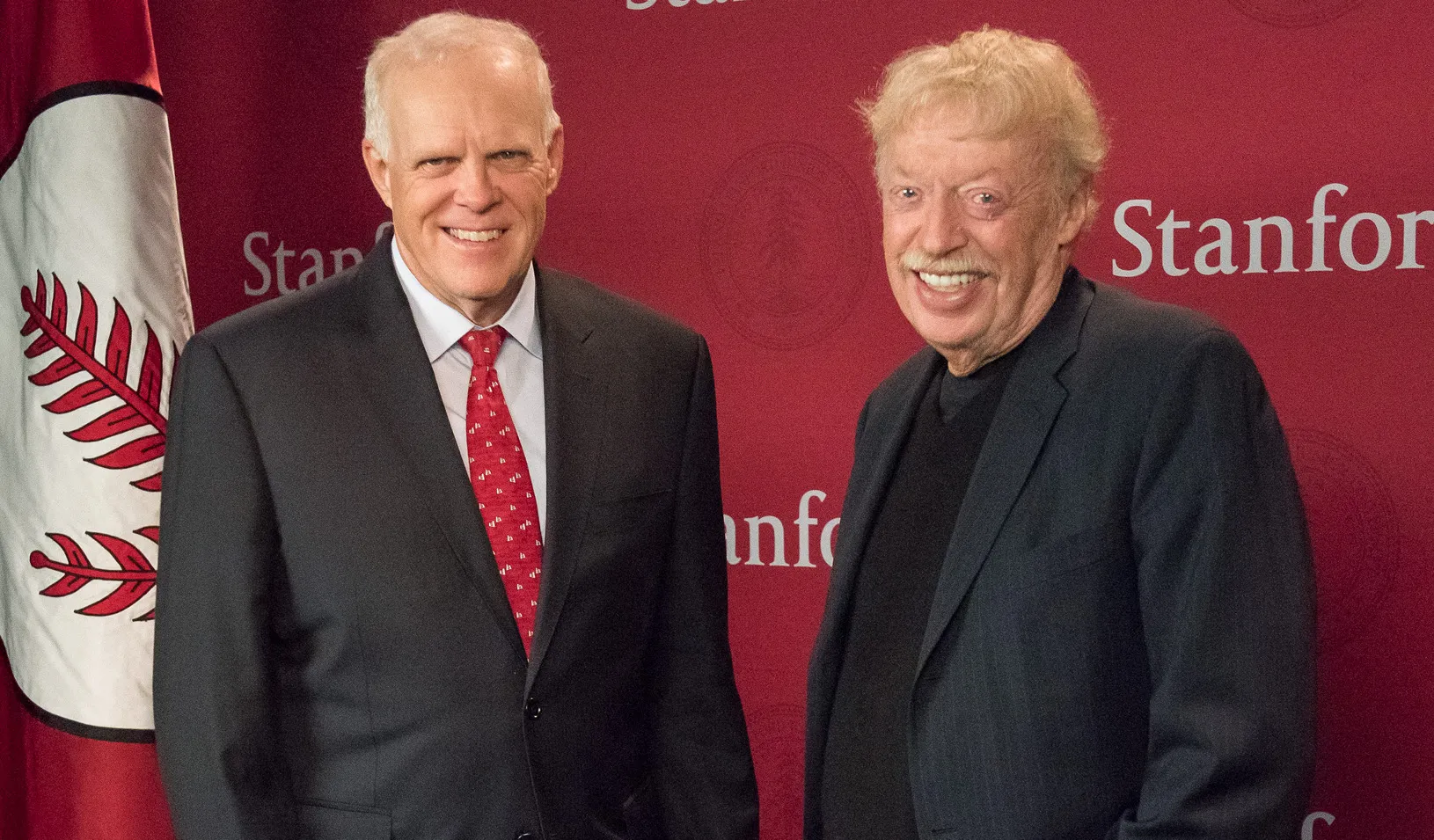Stanford Launches Steyer-Taylor Center for Energy Policy and Finance
Stanford GSB and Stanford’s Law School have combined forces to push clean energy technology to deployment through a focus on policy and finance.
November 30, 2010
The Steyer-Taylor Center for Energy Policy & Finance develops and explores economically sensible policy and finance solutions that advance cleaner and more secure energy. | REUTERS/Lucy Nicholson
Stanford Law School and Stanford GSB today announced the establishment of the Steyer-Taylor Center for Energy Policy and Finance, an interdisciplinary center to study and advance the development and deployment of clean energy technologies through innovative policy and finance.
The Steyer-Taylor Center for Energy Policy and Finance will be housed at both the Law School and Stanford GSB, bringing together the best minds from both disciplines to advance the development, financing, management and regulation of the clean energy technology sector. The center is the latest of Stanford University’s efforts to address comprehensively the global energy challenge — from advancing energy efficiency to developing and deploying renewable energy, to reducing the effects of fossil fuels. The center’s focus on policy and finance solutions will complement the work of other institutes, as well: the Precourt Institute for Energy; the TomKat Center for Sustainable Energy; the Freeman Spogli Institute for International Studies’ Program on Energy and Sustainable Development; and the Stanford Environmental and Energy Policy Analysis Center at the Stanford Institute for Economic Policy Research.
The center has been made possible by a $7 million gift from Stanford alumni Thomas Steyer (MBA ’83) and his wife, Kat Taylor (JD/MBA ’86). Its executive director will be Dan Reicher (JD ’83), who has also been appointed professor of the practice of law at the Law School and lecturer at Stanford GSB. Reicher was assistant secretary of energy for energy efficiency and renewable energy during the Clinton administration. A member of President Obama’s transition team, he was most recently director of climate change and energy initiatives at Google. He has strong energy and environmental credentials and extensive experience in government, law, business and venture capital, and the non-profit sector.
“We believe that Stanford is uniquely positioned to change our nation’s attitudes and capabilities regarding how we make and use energy. What our university did for the information revolution, it must now do for the energy revolution,” said Steyer of his and Taylor’s gift.
The TomKat Center for Sustainable Energy, a research center within the Precourt Institute for Energy which launched in 2009, was also funded by generous support from Thomas Steyer and Kat Taylor. Steyer is a Stanford trustee and managing partner of Farallon Capital Management; Taylor is active in a variety of public benefit and philanthropic ventures. Steyer founded Farallon in 1986. He is also managing director of Hellman & Friedman, a San Francisco-based private equity firm. He previously worked for Goldman Sachs and Morgan Stanley.
With a strong base at both Stanford Law School and Stanford GSB, the Steyer-Taylor Center for Energy Policy and Finance will provide a broad platform for research on energy policy and finance — particularly legislative, regulatory and business tools—that increase public support for and the flow of capital to clean energy technologies. It will produce world-class research for policymakers, the business community, and technology leaders to help inform and resolve energy problems at the global, national, state and local levels. It will help coordinate related work being done in Stanford’s other centers, schools and departments to enhance teaching, training and research across the campus.
“Energy may be our most pressing public policy problem today,” said Stanford Law School Dean Larry Kramer. “Our success in addressing it will determine much about our future — both economically and environmentally. And any solutions require working across disciplines and understanding the critical role of both law and finance in making technological innovations workable. That being so, it is really quite astonishing that there is nothing like this new center on energy policy and finance at any other law school. We are absolutely delighted to launch this collaborative effort with the Stanford Graduate School of Business and expect to make strong contributions to national and global efforts to develop sustainable energy.”
By collaborating with Stanford GSB, the center will leverage business school expertise to help resolve the challenge of financing clean technologies from conception to market and educate future leaders of managed organizations to incorporate sustainability in operations and strategy. Financing can be exceptionally difficult since clean technology innovations may require billions of dollars to scale up from venture capital-backed pilot projects to commercially financeable production facilities. “Interdisciplinary centers like this help us create the conditions for innovation to flourish, so that faculty and students can help drive solutions to pressing global problems such as creating more sustainable energy systems,” said Stanford GSB Dean Garth Saloner.
“U.S. and global energy systems are plagued by serious economic, environmental and national security problems,” said the center’s executive director, Professor Dan Reicher. “In their resolution lie vast opportunities for job creation, pollution control and reduced international tensions. The successful integration of policy and finance is key to addressing these problems and seizing the unprecedented opportunities. We need smart policy to set the stage for fundamental change in our energy systems and innovative finance to make things happen — from early stage innovation to the broad-scale deployment of clean energy technologies. I look forward to helping the center become a catalyst for an environmentally and economically sustainable energy future.”
Reicher added, “I’m particularly pleased that Tom Steyer and Kat Taylor are backing the center given their long-standing commitment to clean energy as well as their recent success in building a bipartisan coalition — spanning the business, environmental, environmental justice, and national security communities — that ensured the continued implementation of California’s path-breaking climate change program.”
For media inquiries, visit the Newsroom.
Explore More
Maker: United Record Pressing

Phil Knight Honored with Uncommon Citizen Award

Catherine Roberts Joins Stanford GSB as CCMO
